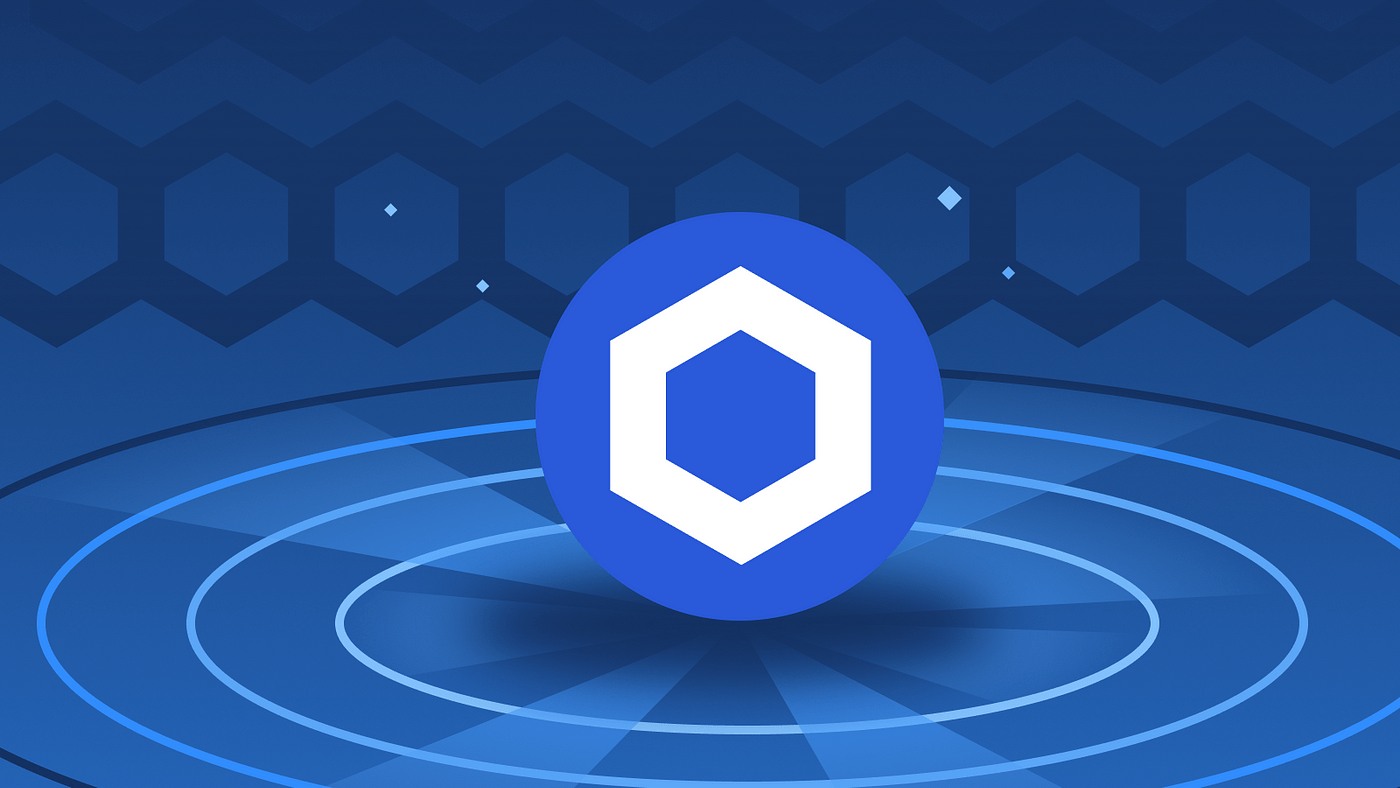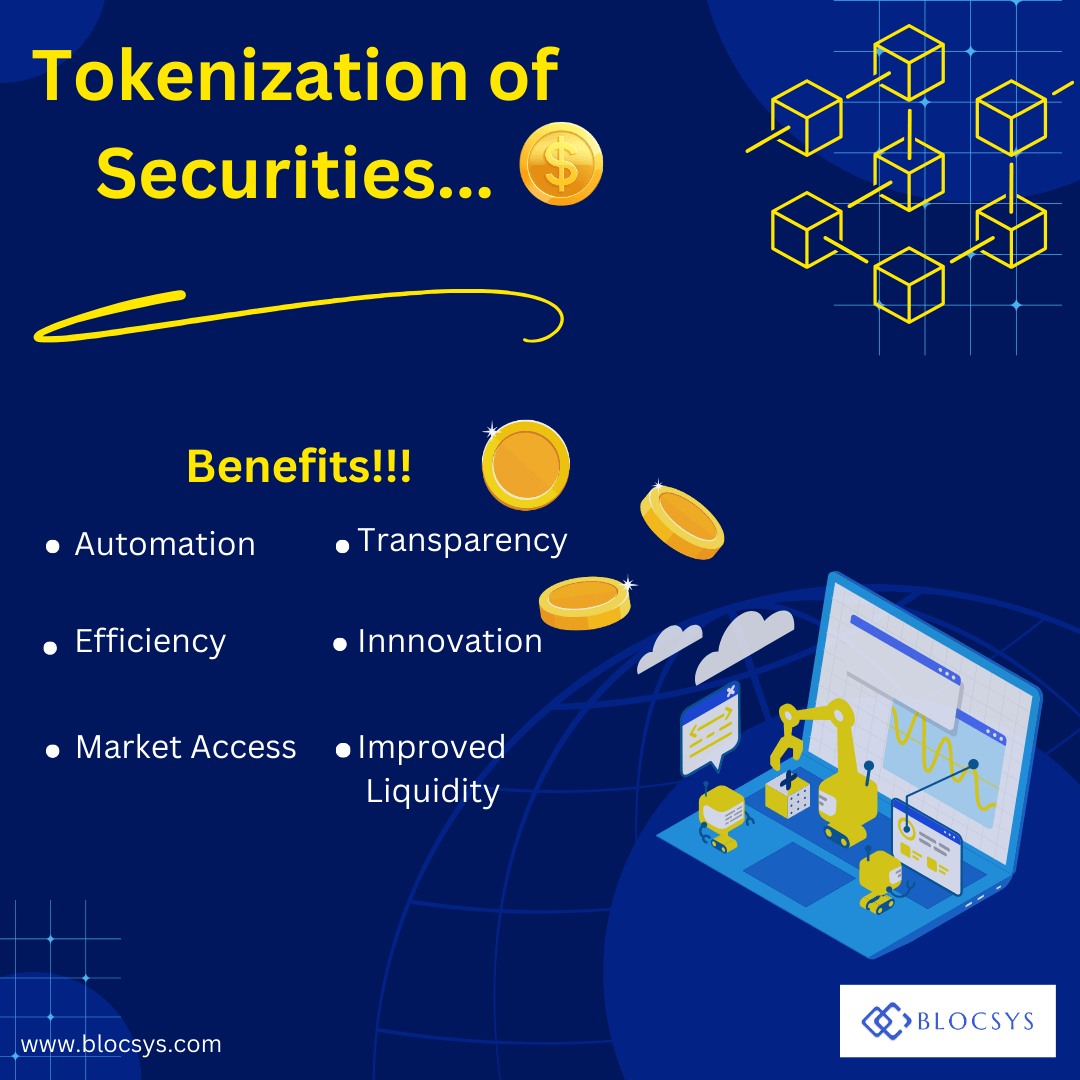Introduction
Blockchain technology has revolutionized the world of finance, enabling the creation of decentralized systems that operate without the need for intermediaries. However, to create truly trustless and autonomous systems, these decentralized networks require access to real-world data. This is where crypto oracles come in.
Crypto oracles act as intermediaries between smart contracts and external data sources, providing decentralized applications with the information they need to execute their functions. They have the potential to unlock a wide range of use cases for blockchain technology, from decentralized finance to supply chain management and beyond.
In this research report, we will delve into the how, why, who, and when of crypto oracles, providing you with a comprehensive understanding of their role in the blockchain ecosystem. We will explore the different types of oracles, their advantages and limitations, and the challenges they face. By the end of this report, you will have a solid grasp of the implications and projections for the crypto oracle industry.
Why Oracles?
The blockchain oracle dilemma highlights a basic restriction of smart contracts they cannot interact with data and systems that exist outside of their original blockchain context. External resources are regarded as “off-chain, “whereas data currently recorded on the blockchain is deemed “on-chain.” Blockchains are designed to be separate from external systems in order to provide benefits such as secure transactions and protection against attacks. To securely interact with off-chain services, an “oracle” is needed to connect the two environments. Chainlink has solved the “oracle dilemma”’s restriction problem by creating a decentralized oracle network that solves this problem by sourcing, verifying, and transmitting external data to and from smart contracts on the blockchain
Connection Through Oracles
By solving the blockchain oracle dilemma, oracles are able to connect smart contracts on blockchains to external information sources that are stored off-chain.
They can both “pull” information (request data) from external sources and “push” information (send data) from the blockchain to external systems.
Oracles are like a “bridge” that enables smart contracts to access off-chain data. Without oracles, smart contracts would be limited to only accessing on-chain data. We’ll get into technical depth when we look at
Chainlink as a case study later in the deck.
The Merits Of Oracles
The “oracle dilemma” exemplifies the challenges associated with employing blockchain oracles to deliver inputs to smart contracts.
It is vital to ensure that data from an oracle is valid, otherwise, smart contract execution would provide incorrect outcomes.
The necessity for trustlessness is also important — having to ‘trust’ oracle operators to reliably give accurate information deprives smart contracts of their most distinguishing characteristics.
Different oracles take different ways to solve the oracle problem, which we will look at later. While no oracle is flawless, the merits of an oracle should be assessed by how it solves the following challenges:
1. Correctness:
To make sure smart contracts don’t make mistakes because of wrong data, an oracle should only provide genuine and unaltered data. This means the data should come from the right source and not be changed before it’s used.
2. Availability:
For an oracle to be good, it shouldn’t make smart contracts wait or stop them from working. This means that the data it provides should always be available, uninterruptible, and have no random outages.
3. Incentive Compatibility:
Oracles must incentivize off-chain data providers to give precise data to smart contracts. Incentive compatibility has two components: attributability and accountability. Attributability matches external data to its supplier, and accountability makes data providers responsible for their supplied information, so they can receive rewards or penalties depending on its quality.
List Of Oracle Solutions
There are several oracle protocols that aim to connect Web 2 and Web 3 and enable interoperability within the Web 3 ecosystem, such as DIA, API3, Band, Tellor, Augur, and Nest. However, despite their efforts, they all fall behind Chainlink in terms of technology and partnerships.
Chainlink has emerged as the clear leader in the oracle industry, with a market cap of nearly 5 billion dollars, while the next biggest protocol, Band, has a market cap of only 250 million dollars. This demonstrates the significant dominance of Chainlink in the Oracle market.
How Chainlink Works
In the preceding sections of this presentation, we’ve extensively covered the fundamental value of oracles. But now we will look to grasp the significance of Chainlink, the king of oracles.
While similar to other oracles, Chainlink has already witnessed significant integration, providing access to data from diverse sources, including asset prices, sports scores, Internet of Things (IoT) sensors, and enterprise systems, enabling developers to create a wider range of solutions for blockchain applications.
Chainlink Diagram
Two Major Chainlink Solution
Chainlink VRF allows smart contracts to generate provably fair and verifiable random numbers, crucial for applications such as blockchain games, NFTs, and consensus mechanisms.
It generates random values and cryptographic proof that are published and verified on-chain, ensuring secure and tamper-proof outcomes.
Chainlink has also released the beta version of serverless developer platform, Chainlink Functions, that connects smart contracts to Web2 APIs. It bridges Web3 and Web2 platforms, allowing for custom computations using Chainlink’s network.
Collaborations with leading cloud and Web2 platforms like AWS, Google Cloud, and Meta have showcased its ability to connect Web2 APIs and cloud services to smart contracts.
Chainlink Functions allows Web3 developers to define external data sources, transformations, and output without infrastructure, freeing them to focus on unlocking Web3’s potential.
Chainlink SCALE
Chainlink has launched its Sustainable Chainlink Access for Layer 1 and 2 Enablement (SCALE), an initiative to cover operating costs for oracles on blockchains and layer-2 networks to help fast-track smart contract innovation in their native ecosystems.
Blockchain ecosystems that participate in the programme can increase developer access to key oracle services and support oracle networks with unique configurations that suit their chain’s specific needs and use cases.
The participating blockchains, Avalanche, Metis, Moonbeam and Moonriver, are helping to cover certain oracle network operating costs and promote research and development that unlocks advanced oracle features and solutions on their chains.
About Blocsys:
Blocsys is a leading blockchain development and consulting firm established in 2021, specializing in Defi, Dapps, NFT, and smart contracts, Blocsys offers a comprehensive range of services from initial business analysis to final product delivery, all while adhering to the highest testing standards. Our team comprises highly skilled blockchain developers and innovators who are prepared to tackle any challenge to drive your project forward.






